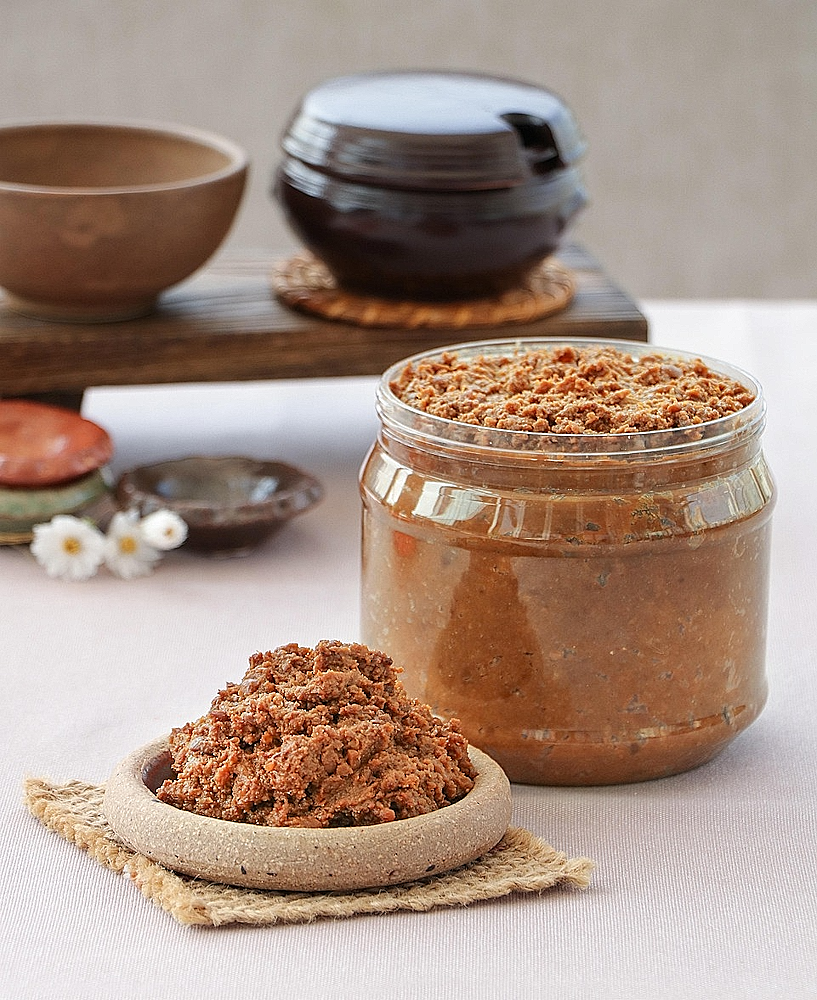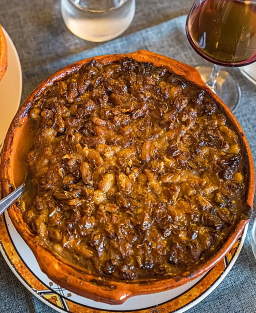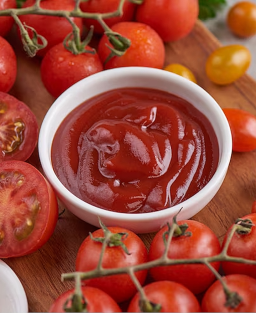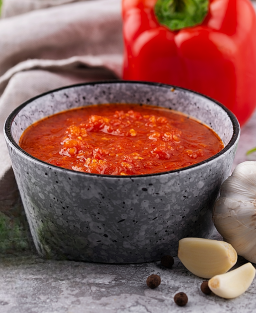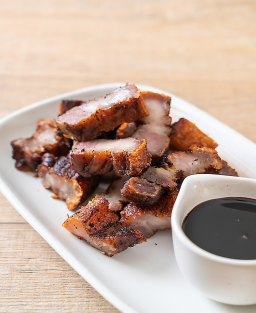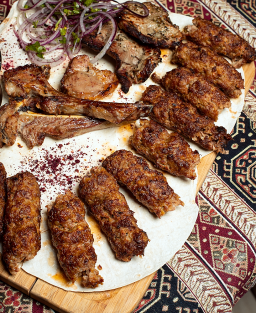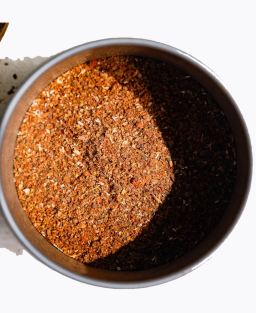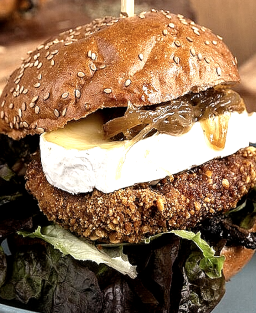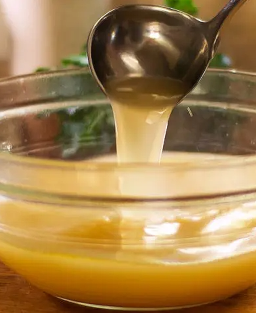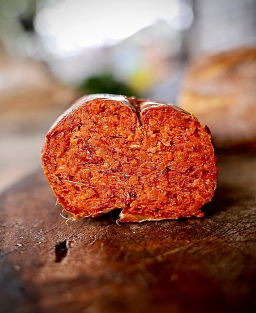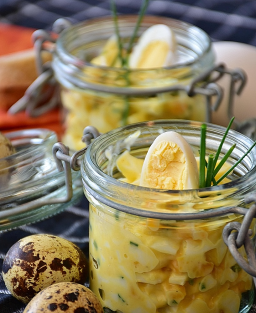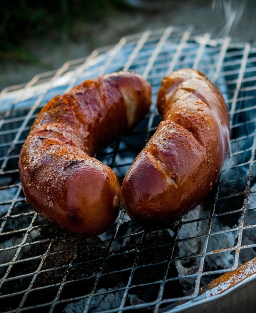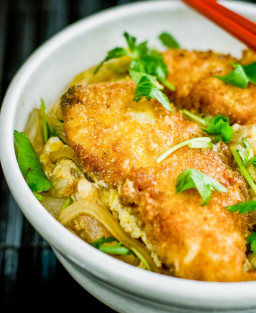- Out-of-Stock
Traditional Recipe for Doenjang Paste (Korean Fermented Soybean Paste)
Traditional Recipe for Doenjang Paste (Korean Fermented Soybean Paste)
Ingredients:
-
500 g dried yellow soybeans
-
1 tablespoon sea salt (about 2–3% of the final weight, adjust according to fermentation)
-
Water for soaking, cooking, and fermentation
Equipment:
-
Large ceramic container or stoneware pot with lid
-
Clean cloth (cotton or linen) for covering
-
Heavy stone or weight for pressing
-
Optionally, a well-ventilated and shaded place for fermentation
Detailed Steps:
-
Soaking the Soybeans
Rinse the dried soybeans thoroughly and soak them in plenty of clean, ideally cold water for 12 to 24 hours, until the beans have swollen and doubled in size. -
Long Cooking of the Soybeans
Drain the soaked soybeans, then place them in a large pot with fresh water. Bring to a boil and then simmer gently for 3 to 4 hours until the beans are very tender and can be easily crushed. -
Draining and Molding Meju Blocks
Carefully drain the cooked soybeans and coarsely crush them by hand or with a wooden pestle, avoiding making a too fine puree to keep a grainy texture.
Then form compact blocks (called Meju), usually rectangular or cubic, about 10 cm on each side and 3 to 4 cm thick. -
Drying and Initial Fermentation of the Blocks
Place the Meju blocks in a well-ventilated area, protected from direct sunlight, on a wooden rack or grid to allow air circulation.
Let them dry for 4 to 6 weeks. During this period, natural (beneficial) molds will develop on the surface, which is essential for fermentation.
The blocks should be turned regularly (1 to 2 times per week) to ensure even drying and prevent harmful molds. -
Salting and Long Fermentation
When the blocks are well dried and covered with white or gray molds, break them into coarse pieces.
Place them in a large fermentation container made of ceramic or stoneware. Add sea salt (about 10% of the weight of the blocks) and some water to partially cover the pieces.
Cover with a clean cloth and let ferment at room temperature (ideally 15–20 °C) for at least 3 to 6 months, or longer for a deeper flavor.
During this time, stir the pieces once a month to homogenize the fermentation. -
Extracting the Doenjang Paste
Once the long fermentation is complete, crush and mix the fermented pieces to obtain a thick, homogeneous paste: this is the Doenjang paste ready to use.
You can store it in an airtight jar in the fridge.
Important Notes:
-
Hygiene control is crucial during fermentation to avoid unwanted molds.
-
Natural fermentation depends greatly on climate and ingredient quality.
-
The development of umami flavors is linked to long maturation and natural microorganisms.
-
Traditionally, Meju blocks are hung in granaries or ventilated places during fermentation.











